
A History of Portraiture





Portraiture has been a popular form of art for centuries.From novices to masters, nearly all artists have attempted some form of a self-portrait at some point in their careers.Before photography, painters captured the faces of humans. Early portraits, however, were often reserved for the noble class. Long-established form of portraiture dates back to antiquity, but it was not until the Early Renaissance in the mid-15th century that painters began depicting themselves as the main subject more frequently.In 1839, Robert Cornelius, who was a pioneer of photography, was able to make the first ever portrait or photograph of a person.
Some Great Tips to help you produce Stunning Black and White Portraits
“Black and white photography erases time from the equation.”
Jason Peterson
The power of black and white portraits cannot be denied. There is an illusion of depth to a black and white photo that is often swamped by colour. The story behind a shot is easier to comprehend when it’s in black and white and the distraction of colour is gone. Texture, form and tone become important to the shot.It draws you in more than a colour shot would ever do.
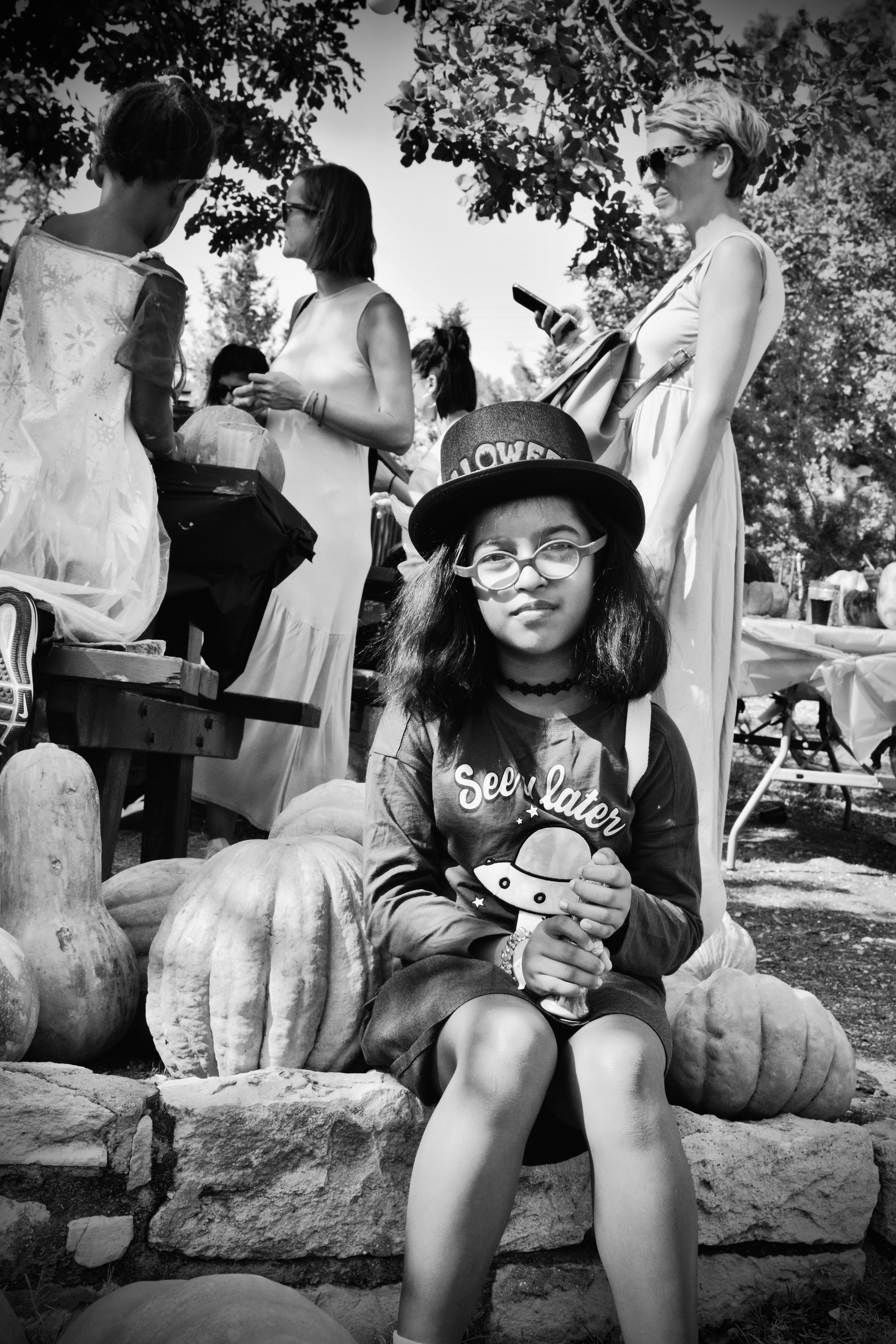
Portrait Photography Tips
Eyes in Focus

A basic rule in close~up portrait is to have the eye in focus. The eye conveys emotions~sad, happy, playful or mysterious. If the eye is not in focus, then the connection to the subject is lost. Even if the subject has his eye closed, always make the eye the point of focus . This can even be true when photographing non human subjects, such as doges, which are soulful creatures and our connection to them is through the eye just like any person. Even when you look at art from the ages, somehow it’s always the eyes which captures our soul .
Point Of View
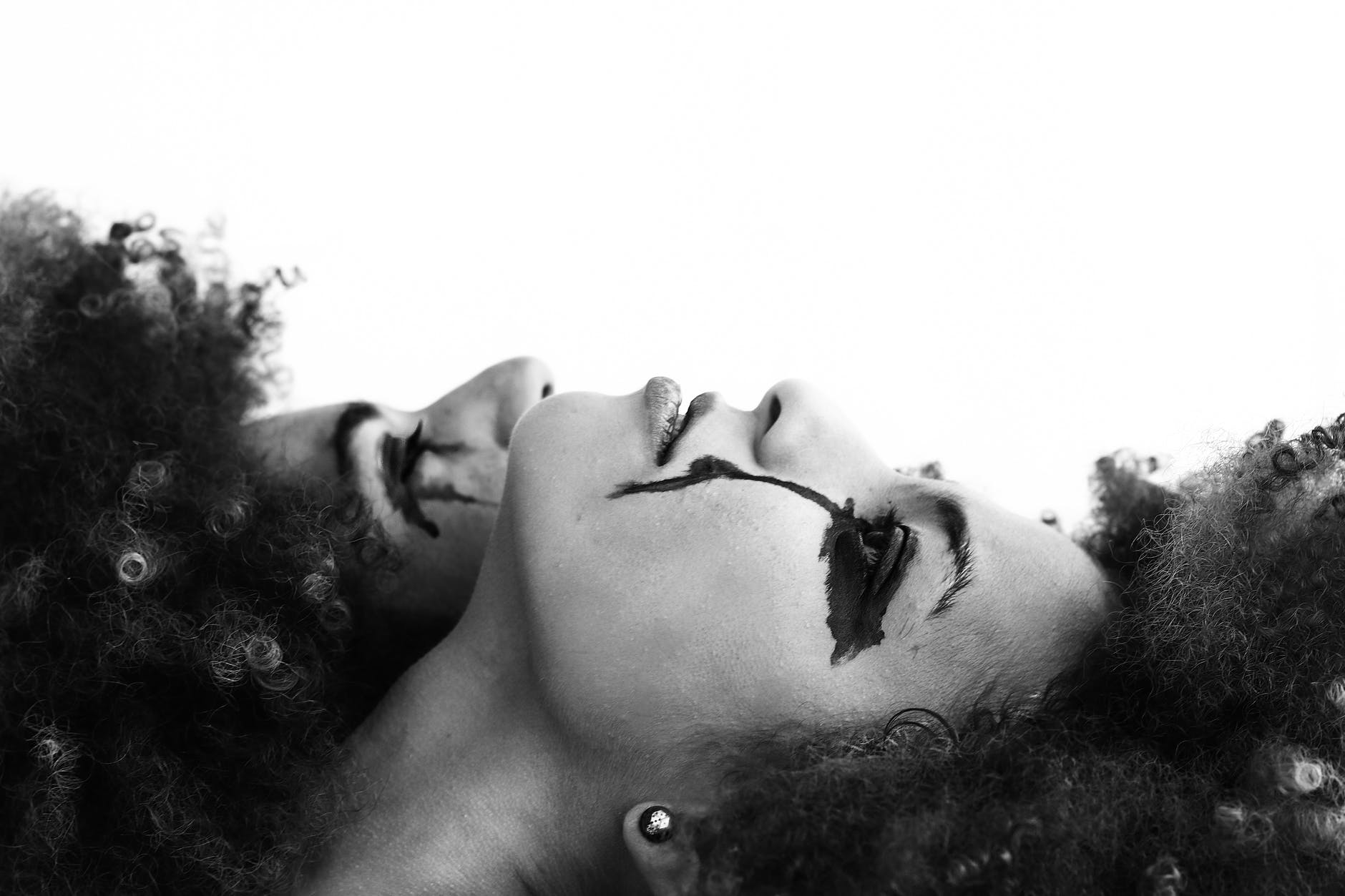
It’s quite common that nearly all portraits are taken at around the eye level of the subject. This is fine in most situations and is the staple of many portrait styles. However, sometimes it is great to change, so don’t be shy in choosing other odd viewpoints. Think about getting low down and shooting up at your subject. Conversely, get up high and shoot down on your subject. Try mixing it up a little when shooting. Close up portraits are fine, but perhaps there is a great shot to be had in a full~length portrait . Trying both, portrait and landscape orientation is also good practice. Don’t be afraid to experiment. You never know what you will discover!
Location
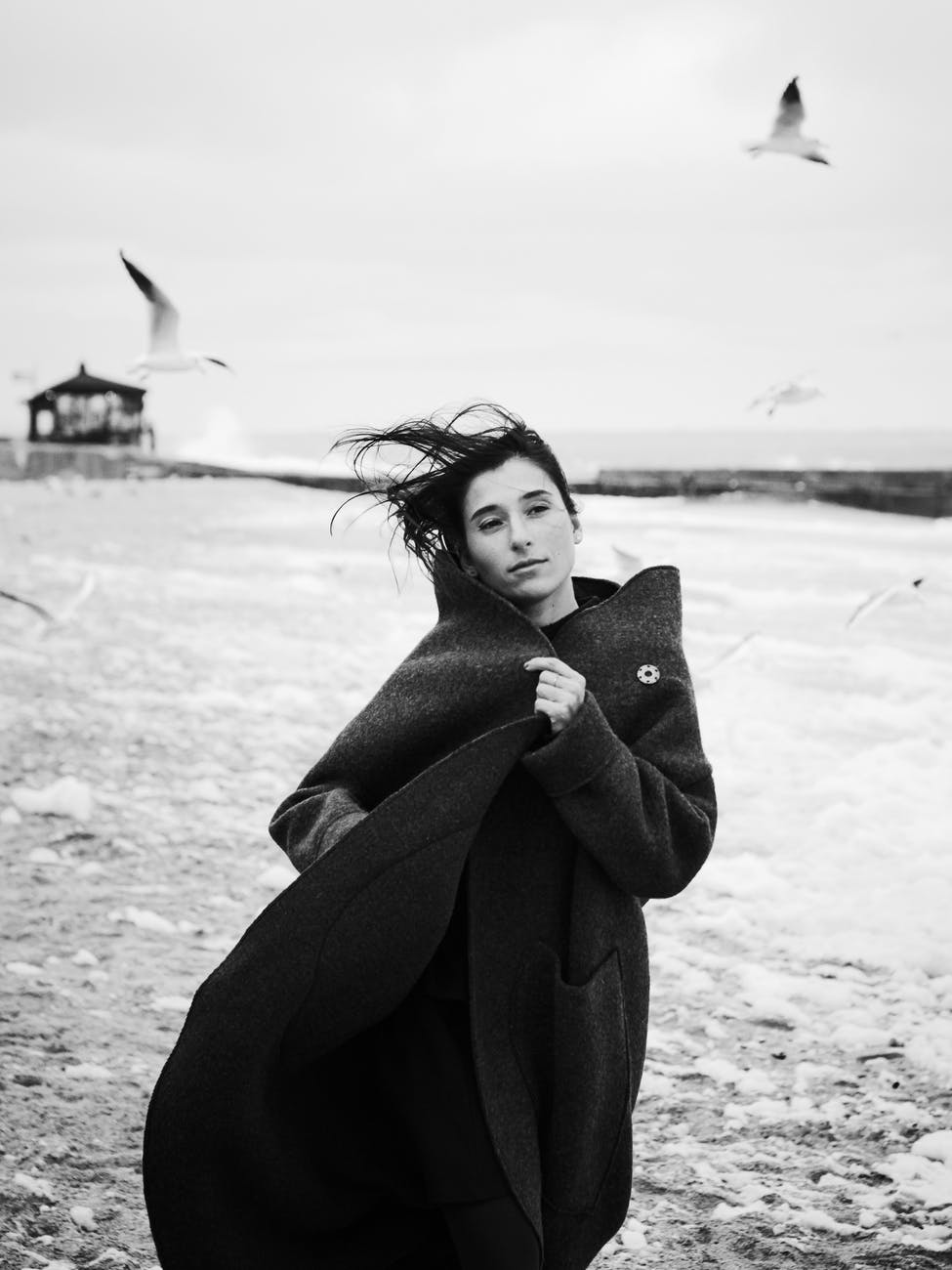
The location is also important. If you shoot in a studio with a plain backdrop, then the story is told only by your subject’s face. If you shoot on a location, then it too can help convey emotion or a context. Shooting a portrait of a women at a beach on a cold day or a solitary guy propping up the bar are examples of how the location can expand upon the story being told. It can be argued that a subject on their own, in close up with no background, is a headshot, but a subject photographed in an environment that is part of the storytelling, is a portrait. A subtle distinction, but perhaps true.
Composition
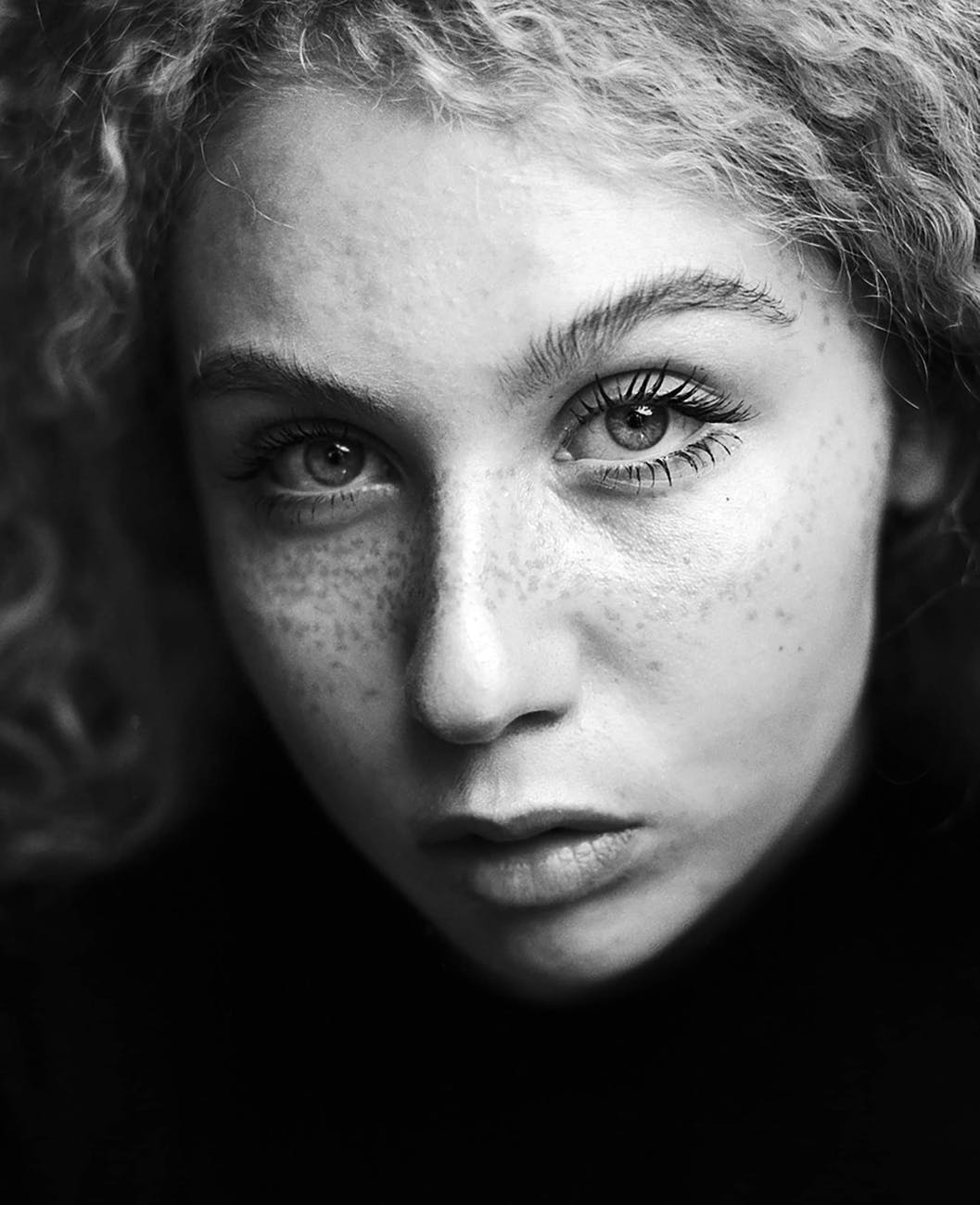
A good composition can improve your shot in many subtle ways. Just how the eyes are placed within the frame of the shot, can add to the feel of the final image if they comply with the rule of thirds. There is a conventional wisdom that states that the subject must have room to “look into” a shot. Meaning, if they are looking left, the left of the shot has more empty space than the right. However, some times odd placement of your subject in the frame can create a sort of visual tension that gives a depth of meaning to the shot. Having the subject’s face dead centre can be quite a strong visual hook. You can also have them barely in the frame with one eye just keeping inside the boarder of the image. Have fun with your composition and see what works best for you.
Lighting
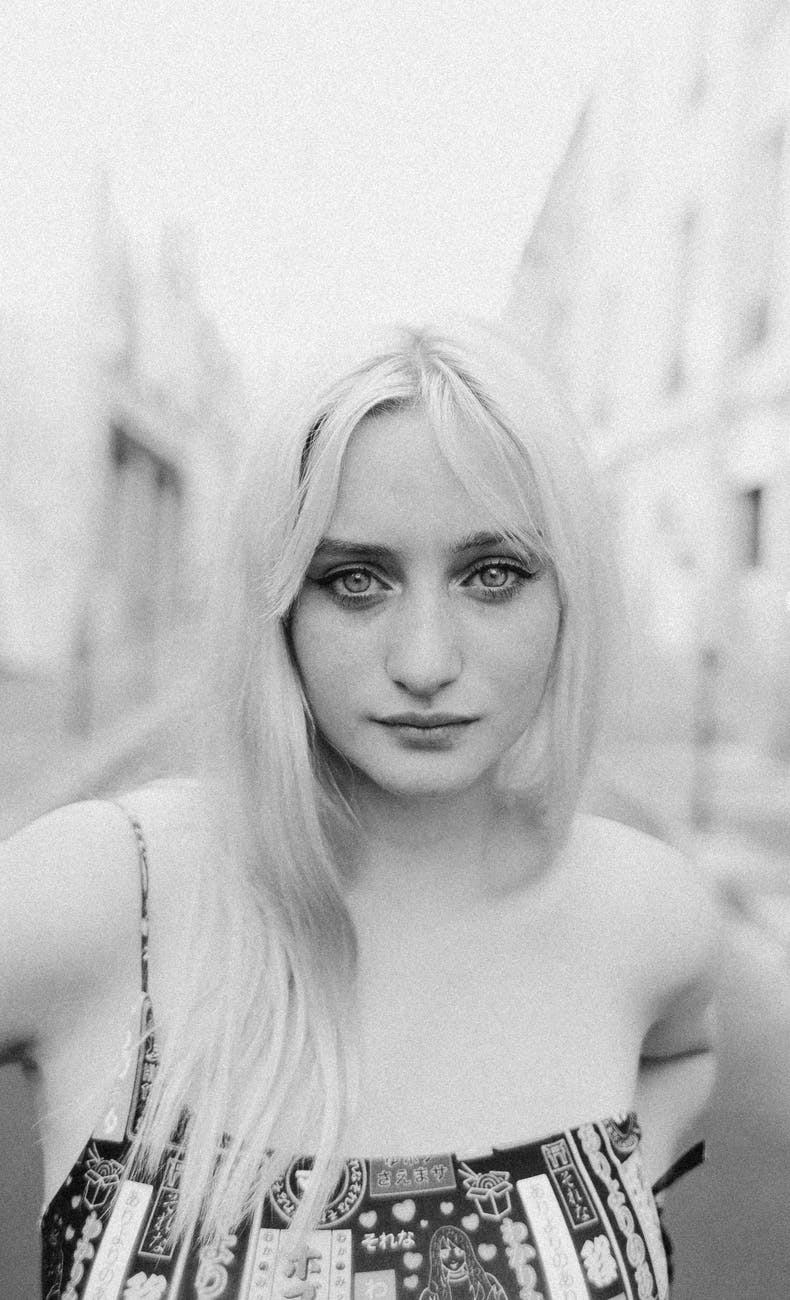
Lighting is an interesting subject when shooting portraits for black and white conversion. There are so many different styles out there, it would be folly to try and piegeonhole one as being better than another. Light is there only to illuminate the story being told, or the emotion being captured. Just keep in mind the basics of lighting such as trying to avoid shooting in direct sunlight as it creates harsh, dark shadows with no detail in them. Using a large white surface to reflect light back on to your subject will create a fill light that can lessen dark shadows. Alternatively, move to a more shaded area. If possible, avoid shooting with a camera mounted flash as you run the risk of getting red eye, this is where the light from your flash bounces of your subjects retina back into the camera causing the pupils to look red.
Manual Mode
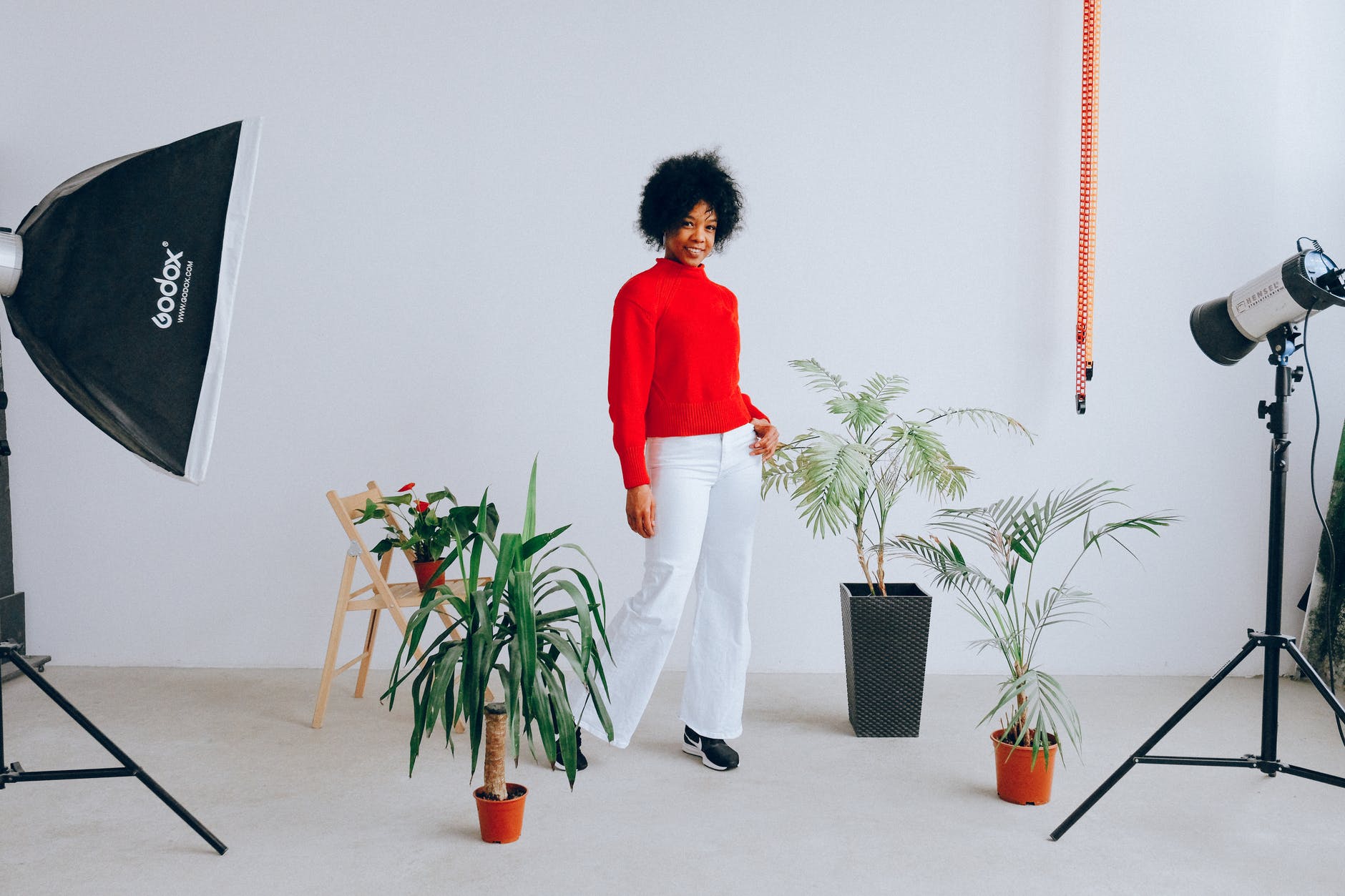
Shooting in manual mode is essential for creative outcomes. If you are working in consistent lighting conditions, on a sunny day, or a controlled environment with studio lights, or constant artificial illumination, choosing manual setting will present no problem. Just choose a group of parameters that yield the kind of exposure you want to shoot. Shots will be more consistent this way, as your camera won’t be second~guessing every exposure every time. Also, try using just one centre AF point, rather than letting the camera decide. The method of AF focus and recompose is a great place to start losing the habit of letting the camera make the decision for you.
Lenses to Choose
 Nikon AF-S Nikkor 50mm f/1.8G Lens
Nikon AF-S Nikkor 50mm f/1.8G Lens
Also, give some thought to the lenses you use. Wide~angle lens are not apt for close~up portraiture as they distort the features; but a good 50mm, 85mm, or even 135mm prime lens is used for portrait work. Watch out for too much depth of field, it can be a big distraction for your background to be as sharp as your foreground. A little blur in your background is a great way to separate your subject from their surroundings, keeping them the focus of the shot. Also keep your eyes peeled for the classic error that can crop up, where an item in that background appears, to be sprouting out of the top of your subjects head.
Why Prime Lense?
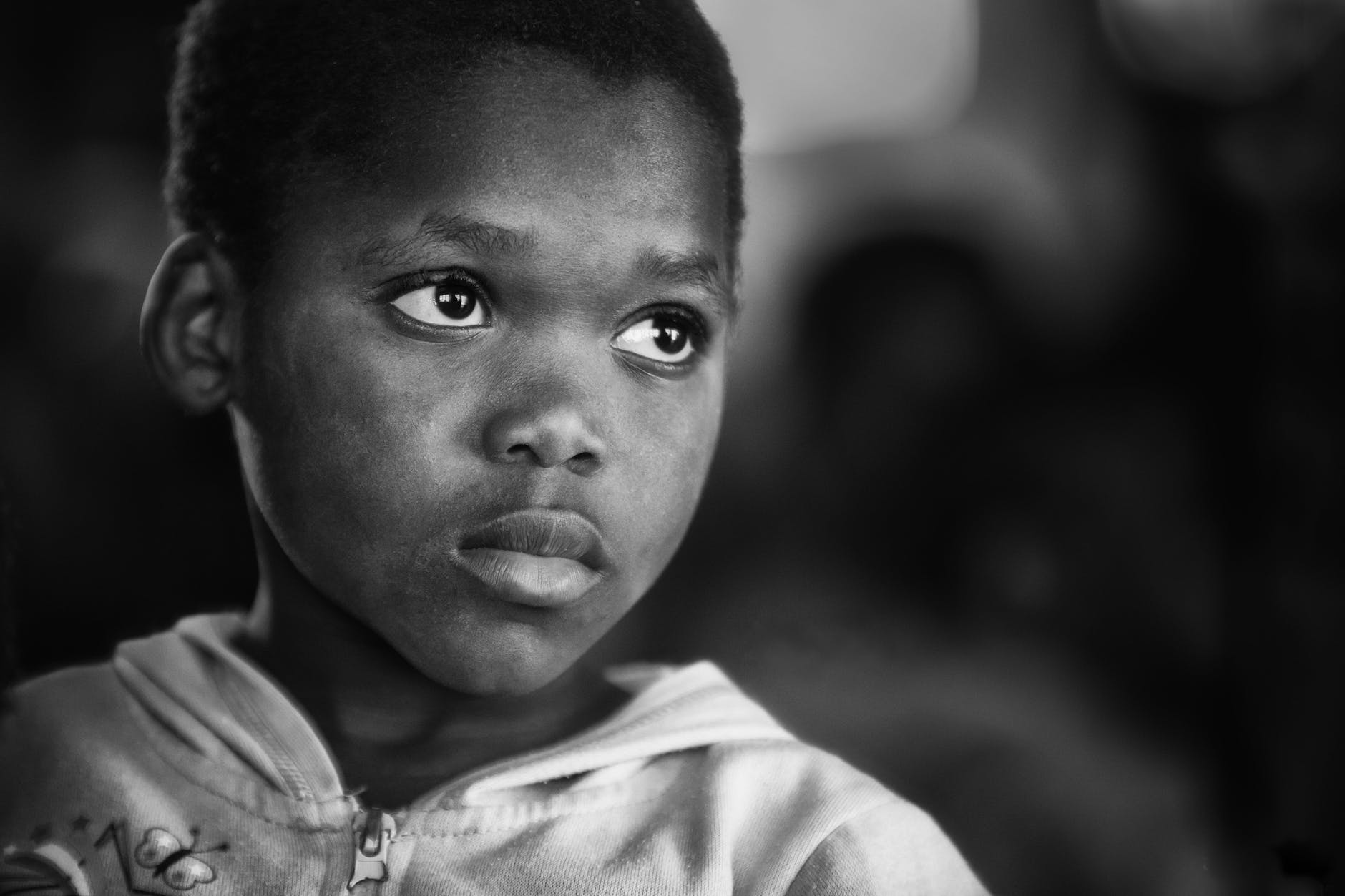
Fast glass is much prized in the world of portraiture. Fast glass refers to the fact that a particular lens is capable of shooting at very large apertures, letting in more light and offering faster shutter speeds in low light conditions. As mentioned in the last item, a good portrait lens that has maximum aperture of f/2.8~f/1.8 is fantastic at creating the background blur so sought after by photographers. The process of defocussed light that blurring produces is referred to as bokeh. This ability to shoot at f/1.8, for instance, means you can shoot more natural light, without the reliance on strobes. Prime lens, with 50mm focal length are the best choice. It makes for a better image quality and offers a larger aperture over their zoom counterpart.
Conclusion
Hope the above mentioned tips will give you some ideas for shooting portraits. Have a look at portrait painting and how artist try to convey emotions. As traditional portraiture continues to evolve today, many artists are challenging the traditional aspects of the artform. Some artists portraits are based in surrealism; others reinvent classical art periods with adding splashes of modernism into their work. Portraits will be around as long as humans are, and it seems appropriate to expect this artform to continue its evolution.
Disclosure: This email contains some affiliate links, if you follow them and purchase anything from the recommended services/products, I might receive some commission. I can assure you though that I never would recommend you something I don’t trust myself. Thanks for supporting seeyouat6.com